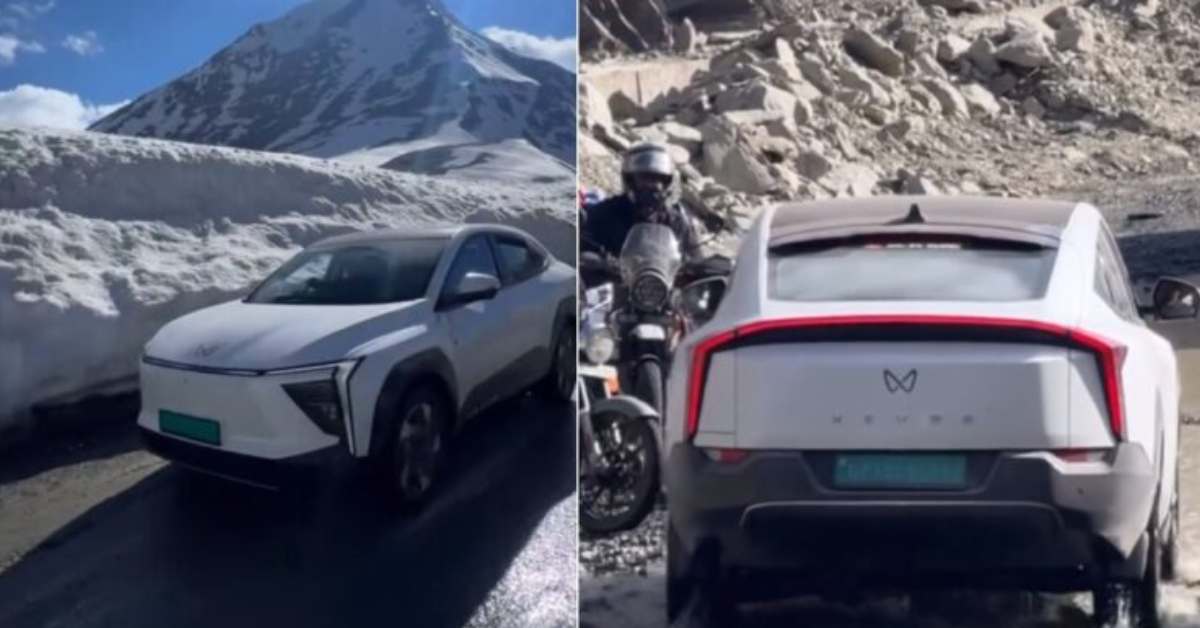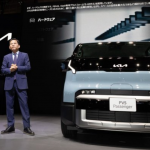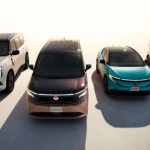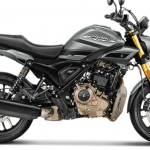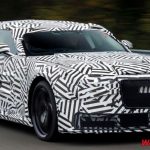Electric vehicles are often seen as city commuters, best suited for smooth roads and limited ranges. But breaking this myth, a Mahindra XEV 9e owner has achieved a groundbreaking feat—driving from Manali to Shinku La pass, sitting at an elevation of 16,702 feet, all on a single charge. This journey isn’t just a personal accomplishment but a testimony to the strength, endurance, and capabilities of India’s new-generation electric vehicles.
Let’s dive into the details of this astonishing journey and what it means for the Indian EV ecosystem.
The Journey: From Manali to Shinku La
The trip spanned from the lush valleys of Manali to the rugged and remote terrains of Shinku La, one of the highest motorable passes in India. The owner reported starting with a full charge in Manali and making it to the summit without the need to recharge—a distance of approximately 130+ kilometers, including steep gradients and hairpin bends.
Such terrains test the mettle of even the best petrol or diesel SUVs, so for an EV to accomplish it—without mid-way charging—signals a paradigm shift in electric mobility.
Mahindra XEV 9e: A Quick Overview
The Mahindra XEV 9e is part of the new electric SUV lineup launched by Mahindra as a part of their Born Electric initiative. Some key specifications include:
- Battery Pack: ~80-90 kWh (based on early spec leaks and reports)
- Range (ARAI): 500+ km on a single charge
- Drivetrain: All-wheel drive (AWD) option available
- Charging: Fast charging support (0-80% in under 60 minutes)
- Performance: 0-100 km/h in under 6 seconds
The XEV 9e isn’t just about specs—it’s about combining design, safety, and rugged capability to match Indian driving conditions, including extreme altitudes and temperatures.
How Did the EV Survive the High Altitude?
Several factors contributed to the successful climb:
- Efficient Regenerative Braking: During downhill segments, the regenerative braking system helped conserve energy and added back precious range.
- Optimized Torque Delivery: Electric motors deliver instant torque, which helps significantly during uphill climbs.
- Thermal Management: At high altitudes, battery performance often dips due to cold temperatures, but the XEV 9e’s advanced thermal management ensured optimal battery output.
- Aerodynamic and Weight Design: Designed to handle both urban and off-road scenarios, the XEV 9e has a balanced chassis and weight distribution, making it reliable on tricky terrain.
Owner’s Experience
According to the owner, the journey was smooth but thrilling. He highlighted the following:
- Silent Drive: The absence of engine noise allowed for a serene driving experience even at high altitudes.
- No Range Anxiety: The vehicle’s range indicator proved accurate, giving confidence throughout the journey.
- Stability & Handling: Even on rough terrains and gravel roads, the SUV stayed stable, showing its capability beyond urban limits.
He also noted that locals and tourists alike were amazed to see an electric vehicle perform in such extreme conditions.
What This Means for the EV Industry
This real-world achievement adds serious credibility to the idea that electric vehicles can replace fossil-fueled cars even in demanding conditions. Here’s why it matters:
1. Expanding EV Use Beyond Cities
People have long believed EVs are only for short urban commutes. This journey shatters that perception and encourages more users from hilly and rural areas to consider EVs.
2. Inspiration for EV Buyers
Adventure seekers who previously hesitated to switch to EVs due to terrain and range concerns might now see Mahindra XEV 9e as a viable option.
3. Policy Implications
Success stories like this can inspire policymakers to accelerate the development of EV infrastructure in high-altitude regions.
4. Indigenous Innovation
This journey strengthens Mahindra’s reputation as a serious EV player in India and globally, competing with international brands like Tesla, Hyundai, and BYD.
EVs and the Environment
Driving to such altitudes without burning a single liter of fuel not only shows technological progress but also aligns with sustainability goals. If more travelers adopt EVs, especially in ecologically sensitive zones like the Himalayas, the impact on the environment could be significantly reduced.
What’s Next for Mahindra?
Mahindra has aggressive EV plans under its ‘Born Electric’ initiative. The XUV.e9, BE.05, and BE.07 are also in the pipeline. With such real-world success stories, Mahindra might even launch variants specially built for adventure and off-road expeditions.
There are also discussions about building EV-friendly tourist routes with charging stations at key locations like Manali, Leh, Spiti, and Shinku La.
Conclusion
The Mahindra XEV 9e journey from Manali to Shinku La on a single charge is more than a headline—it’s a milestone. It proves that Indian electric vehicles are ready to face the most demanding challenges, setting the stage for a greener, bolder future.
With every successful journey like this, India gets one step closer to its goal of sustainable mobility. And for those who doubted EVs could take on the mountains—Mahindra has just delivered a silent, electric reply.

Hello, my name is Muskan Kumari and I am an experienced Digital Marketer. I have been blogging for the last 3 years and I have special interest in SEO. Here I give you easy bikes and writes easy-to-understand reviews and news about the latest bikes, helping readers choose the best options.. My aim is to always provide you with accurate, new and useful information.
